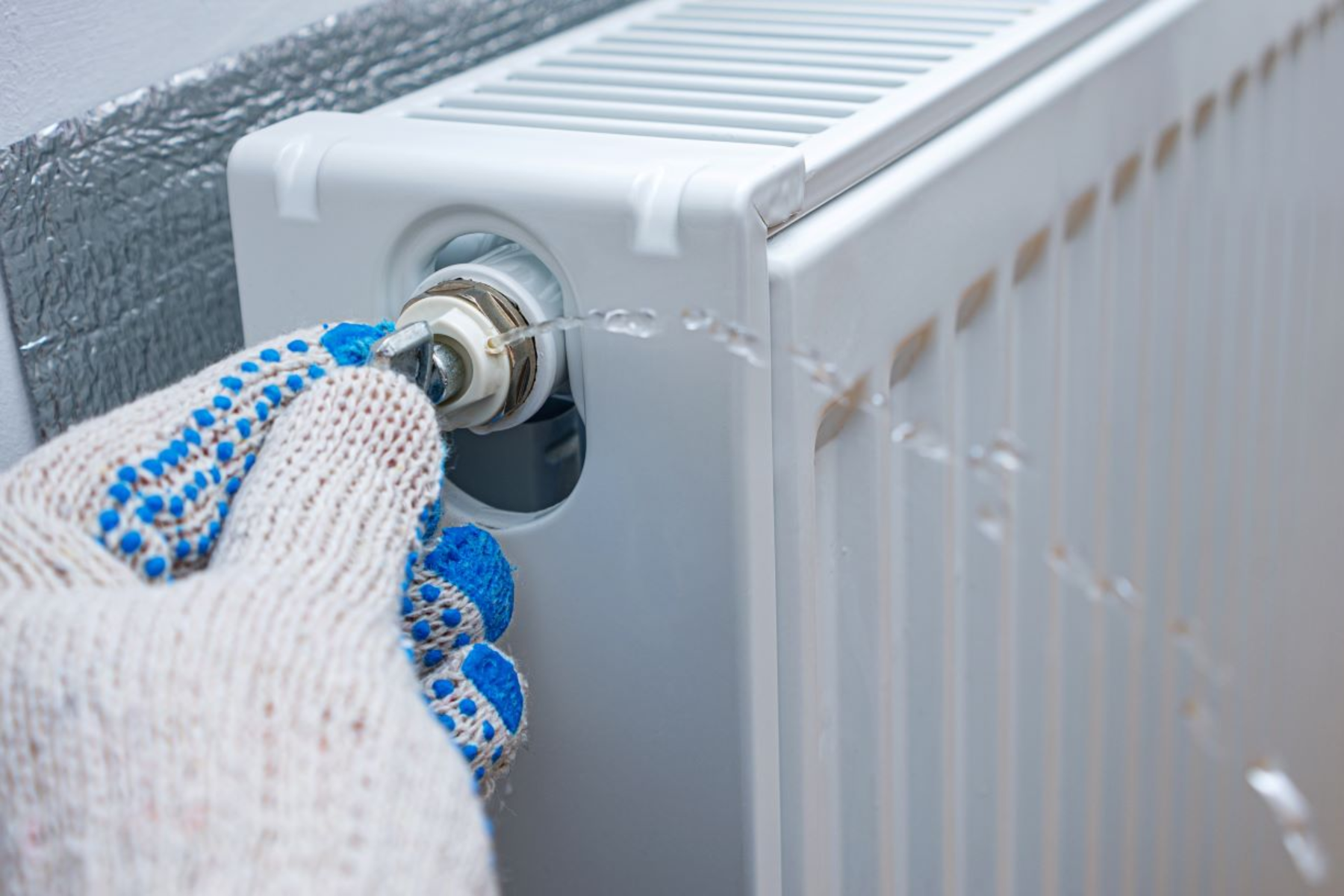Are you experiencing the peculiar issue of a radiator being hot at the top while remaining cold at the bottom? This abnormal behavior can be puzzling and leave you wondering about its causes and potential solutions.
In this article, we will discuss the reasons behind this problem and provide you with practical solutions to address it effectively.
Why Is Your Radiator Warm At The Top And Cold At The Bottom?
When your new radiator is warm at the top but cold at the bottom, it indicates an imbalance in heat distribution. Instead of evenly warming up the entire surface, the radiator seems to be losing its effectiveness.
This issue can prevent the radiator from adequately heating the room, leading to discomfort during colder months.
Understanding the underlying reasons can help you rectify the problem and restore your radiator's performance.
Here Are The Possible Reasons:
- Air Trapped in the Radiator:
One of the causes of a radiator being hot at the top and cold at the bottom is the presence of trapped air. Air can accumulate over time, forming pockets that obstruct the flow of hot water through the radiator. This prevents efficient heat distribution, resulting in uneven heating. Bleeding the radiator to release trapped air can resolve this issue. - Sludge or Debris Buildup:
Over time, sludge or debris can accumulate inside the radiator, particularly in older systems or those with poor water quality. This buildup restricts the flow of hot water, causing uneven heating. Flushing the radiator and removing any accumulated sludge or debris can help restore its proper functioning. - Thermostatic Radiator Valve (TRV) Issues:
If your radiator has a faulty or incorrectly adjusted thermostatic radiator valve, it can disrupt the heat distribution. A malfunctioning TRV may restrict the flow of hot water or fail to regulate it properly. Checking and adjusting the TRV or replacing it if necessary can address the problem. - Incorrect Radiator Sizing:
Sometimes, a radiator may be undersized for the room it is intended to heat. In such cases, the radiator may struggle to provide sufficient heat, resulting in uneven temperature distribution. Consulting a heating professional to assess the appropriate radiator size for your space can resolve this issue.
How To Fix A Radiator That’s Hot At The Top, But Cold At The Bottom?
Here are a few ways you can solve this problem and restore your radiator's optimal performance.
- Bleed the Radiator:
Start by bleeding the radiator to release trapped air. To do this, turn off the heating system and allow the radiator to cool down. Locate the bleed valve, typically positioned at the top or side of the radiator, and use a radiator key or screwdriver to open it. As air hisses out, wait until water starts to flow steadily. Finally, close the valve tightly. Bleeding should be performed periodically to prevent air buildup. - Flush the Radiator:
If sludge or debris accumulation is suspected, flushing the radiator can be an effective solution. Begin by turning off the heating system and allowing the radiator to cool. Attach a hose to the drain valve at the bottom of the radiator and place the other end in a bucket. Open the valve and let the water flush out, removing any debris. Close the valve, refill the radiator, and check for improved heat distribution. - Check and Adjust the TRV:
Inspect the thermostatic radiator valve for any visible issues or signs of malfunction. If necessary, adjust the valve following the manufacturer's instructions. If the valve is damaged or ineffective, replacing it with a new one can ensure proper heat regulation. - Consult a Heating Professional:
If you have tried the above solutions and the problem persists, it is advisable to seek assistance from a heating professional. They can assess your heating system and provide further guidance or repairs to restore optimal radiator performance.
Frequently Asked Questions About Radiators:
Why Is The Top Of My Radiator Cold?
If the top of your radiator is cold while the rest remains warm, there are a few potential reasons for this issue. Here are some common causes: trapped air, valve issues, blockage or buildup, system imbalance, etc.
Why Is My New Radiator Warm At Top, Cold At Bottom?
If you have a new radiator that is warm at the top but cold at the bottom, there are a few potential reasons for this issue, such as air trapped in the radiator, incorrect installation, flow imbalance, radiator sizing, etc.
Why Is My Radiator Hot At Bottom And Cold At Top After Bleeding?
If your radiator is hot at the bottom but cold at the top even after bleeding, there are a few potential reasons for this issue. They could be air trapped in the system, imbalanced heating system, blockage or buildup, valve issues, etc.
How To Bleed Radiators Bottom To Top?
To bleed radiators from the bottom to the top, follow these step-by-step instructions:
- Turn off the Heating System
- Locate the Bleed Valve
- Prepare the Tools
- Place a Container
- Open the Bleed Valve
- Release Air
- Close the Bleed Valve
- Repeat for Other Radiators
- Turn on the Heating System
By bleeding your radiators from the bottom to the top, you ensure that any trapped air is released effectively, allowing for better heat distribution throughout the system.























